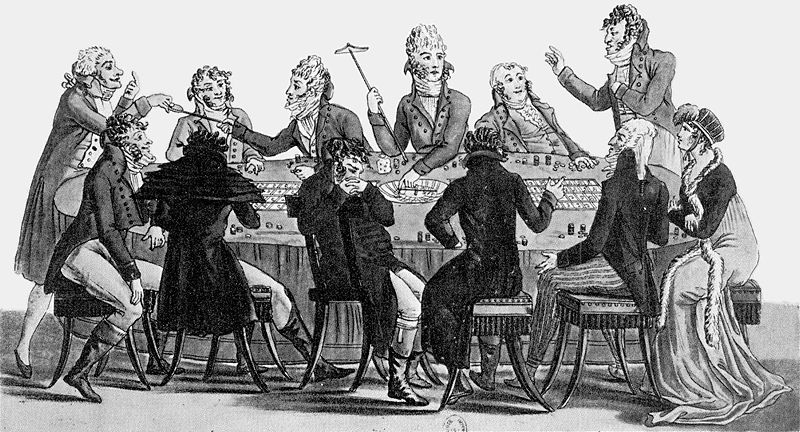 Looking for a smaller life insurance policy for final expenses? What’s best? It depends on how much coverage you need.
Looking for a smaller life insurance policy for final expenses? What’s best? It depends on how much coverage you need.
American General Life recently sent agents and brokers a notice that they were lowering their prices on the whole life product, called American Elite Whole Life. They had pretty good prices already, so I looked into it. For example, a $10,000 whole life policy with American General for a female 68 non tobacco is $48.20 a month. That beats Liberty Bankers Life $51.97 a month. Both are “non par” or non participating whole life: no dividends and so the face amount is level; it will always be a $10,000 benefit. American General has paid up insurance. That’s a plus if you decide to stop paying premiums. You would have the option to surrender the policy for its cash value or keep a smaller paid up policy. For example, after 10 years this 68 year old female would have the option of taking $2,330 in cash value or keeping $3,918 in paid up insurance. American General however requires full underwriting, meaning a blood test and possibly a review of medical records, for people over 55. Liberty Bankers life is simplified issue, no blood test.
In contrast a $25,000 guaranteed universal life policy with North American is $47.68 a month at their best rate, $50.26 at preferred non tobacco and $64.03 at standard non tobacco. This required full underwriting: blood test and usually medical records.
$25,000 of coverage for $50.26 a month or $10,000 for $48.20 a month? Easy choice. You pay about the same for a $25,000 guaranteed UL as a $10,000 whole life. Both offer permanent life insurance coverage at a fixed rate. American General’s whole life only real advantage is if you terminated the policy. You have the choice of the guaranteed cash surrender value or reduced paid up coverage. North American guaranteed UL builds little or no cash value, but if you pay on time the coverage is guaranteed to age 120. Guaranteed Universal Life is a better deal.
What if all you need is something like $5,000 or $8,000 in coverage? Let’s use female age 68 non smoker again as an example. For $5,000 it’s $24.10 a month with American General and $28.22 with Liberty Bankers Life. For $8,000 it’s $38.56 with American General and $42.57 a month with Liberty Bankers Life. American General is less expensive. It would depend on your individual health situation, because American General requires more underwriting. Regardless, look to whole life for coverage amounts less than $10,000.
Face amounts as low as $5,000, $1,000 for term conversions.
8/8/2011, quotes , non tobacco, rates subject to change, quote accuracy or completeness not guaranteed
image source: Wikimedia commons









